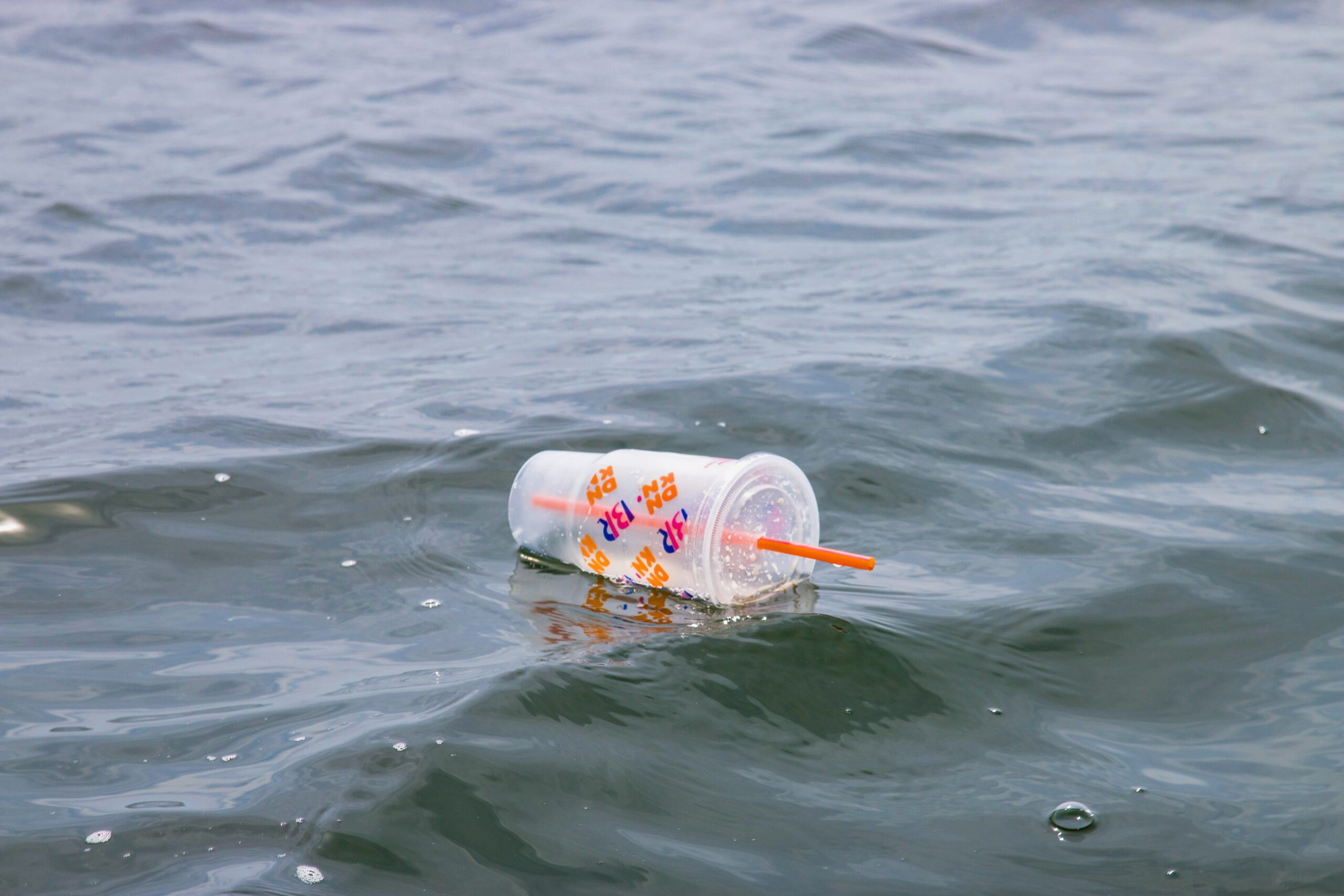What Are Plastics and Where Do They Come From?
According to the Science History Institute, plastic is a word that originally meant ‘pliable and easily shaped.’ Today it refers to a category of materials called polymers. Polymers are long chains of molecules which can be readily found in nature, but have been recreated synthetically by humans over the centuries using fossil fuels and petroleum.
As these polymers or plastics have a multitude of uses they became commonplace in our society. They changed the way we live in many beneficial ways, but have also created a lasting problem for the environment, the most notable being ocean pollution, with the ultimate symbol of plastic pollution being the Great Pacific Garbage Patch.
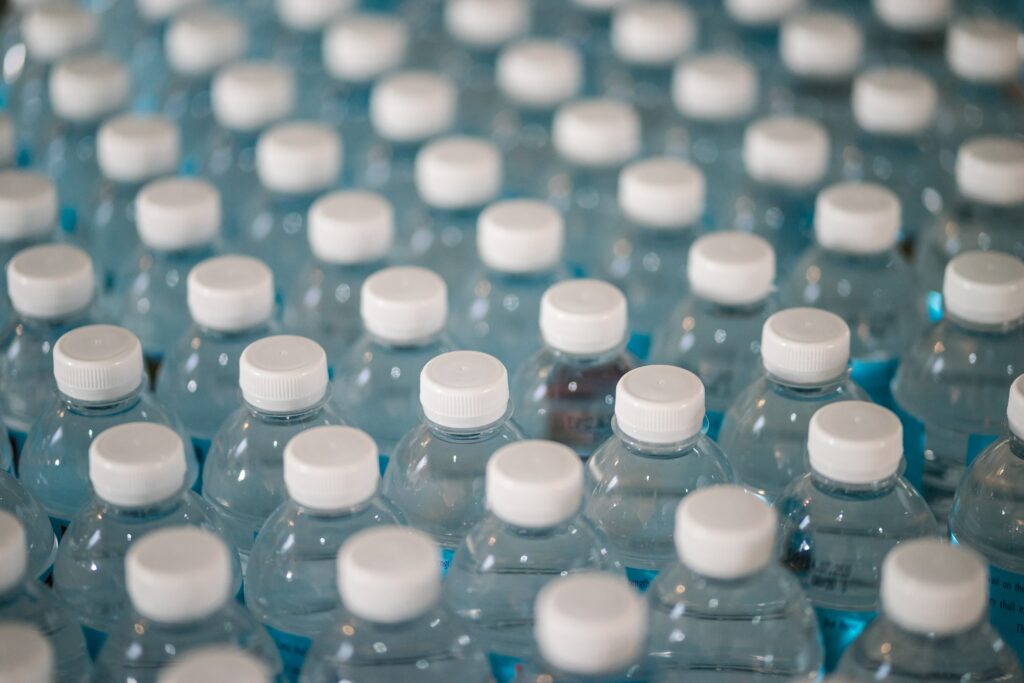
Photo by Jonathan Chng on Unsplash
How does plastic harm the environment?
Plastic is cheap, strong and versatile, is widely used for many products, and it lasts forever in our environment. It is not naturally biodegradable, but plastic recycling is a viable option that many organisations are turning to, including OceanЯ. We use recycled polyester in our garments, which is made from reclaimed single-use plastic from ocean waste and landfill.
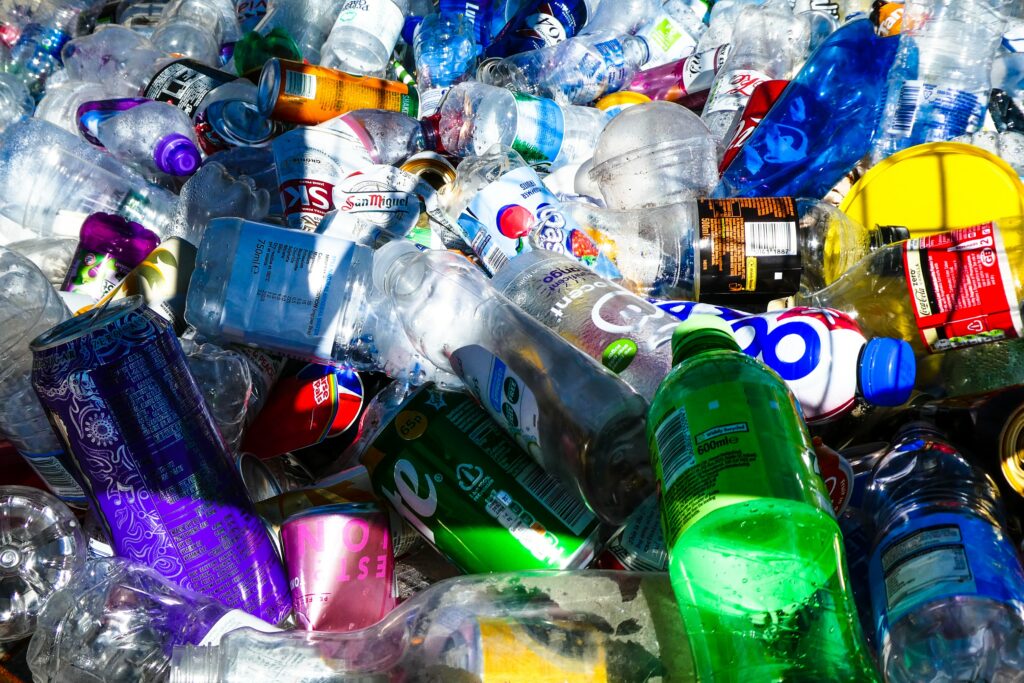
Photo by Nick Fewings on Unsplash
Because plastic lasts forever, it eventually ends up in the ground or in the sea – and in recent years scientists have even discovered large amounts of tiny plastic particles falling from the sky, meaning we now have uncovered a new atmospheric pollutant.
People are exposed to microplastics through food and air, and microplastics are also released from our clothing through washing. While it is unknown whether this exposure is harmful to humans (much more research is required as the impact is largely unknown), we can clearly see at present the adverse effects of plastic pollution in our natural environments and wildlife.
Studies have shown the adverse impacts of plastic on our aquatic life. I mentioned at the start of this article the Great Pacific Garbage Patch – a vast collection of marine litter, much of it discarded plastic and fishing nets, in the North Pacific Ocean. According to National Geographic, marine debris can prevent algae and plankton from receiving enough sunlight to create nutrients, which in turn puts the entire food chain at risk for aquatic life. The sunlight and heat that does break through causes the plastic to release greenhouse gases, resulting in climate change and the planet getting warmer.
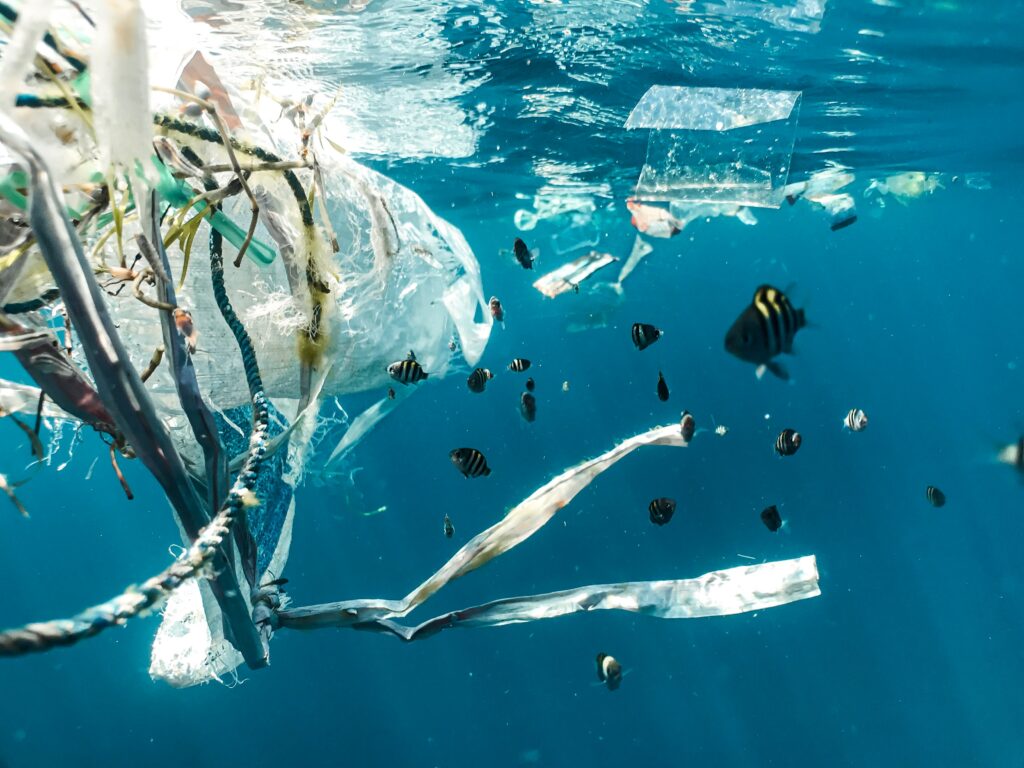
Photo by Naja Bertolt Jensen on Unsplash
Marine life ends up being unintentionally fed plastic marine debris, with deadly consequences. Ingested plastic appears to alter behaviour and endocrine function in fish and other marine species, and getting caught in plastic nets or debris can be fatal. As we use many marine species as a source of food, it is inevitable that plastic will be passed up the food chain and ingested by humans.
Marine life also gets caught up in fishing nets, with turtles often mistaking the texture of plastic fishing nets for jelly. These discarded nets are often referred to as ghost fishing – when discarded nets continue to catch marine animals long after the fishermen have left. We are currently working with a Greek social start-up called Enaleia, which trains professional fishermen on how to earn more money, while catching less fish, assisting them to adopt new sustainable fishing techniques, such as fishing tourism.
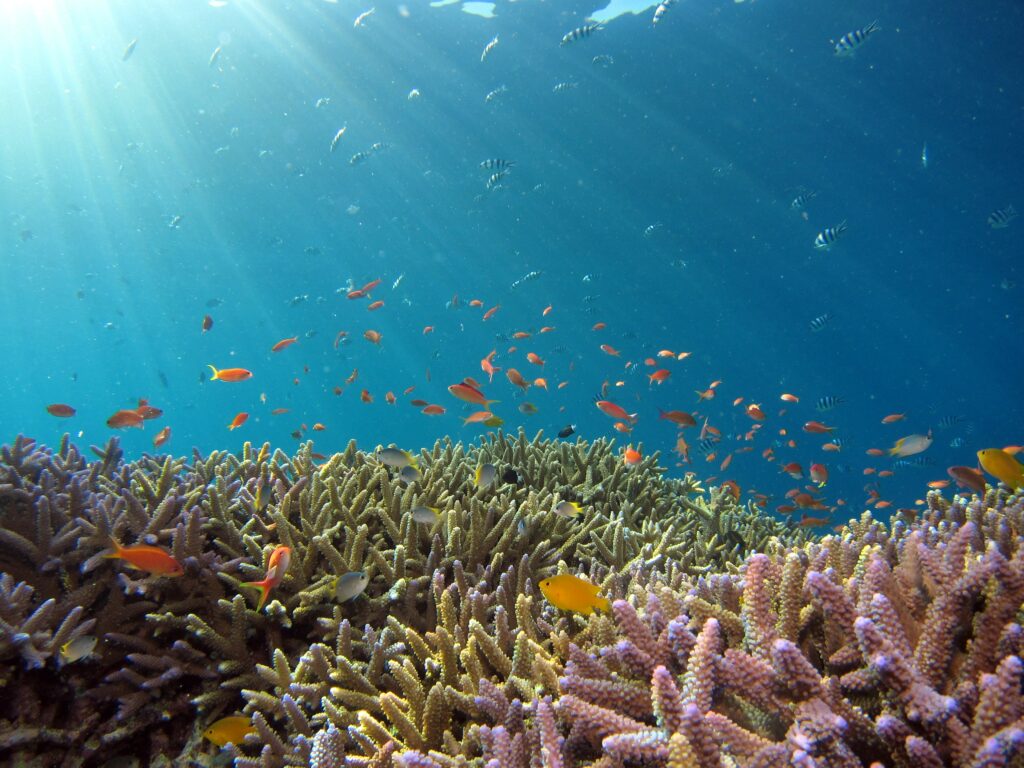
Photo by Hiroko Yoshii on Unsplash
Plastic also contributes to global warming.
Almost all plastic is derived from materials made from fossil fuels. The process of extracting and transporting these fuels, and then making plastic from them, creates billions of tonnes of greenhouse gases. A vast majority of the plastic created is known as single-use plastic such as straws, plastic bottles and plastic cutlery. Used once, but forever lasting. Little of which is recycled, and much of which ends up in landfills or incinerated – further contributing to greenhouse gas emissions.
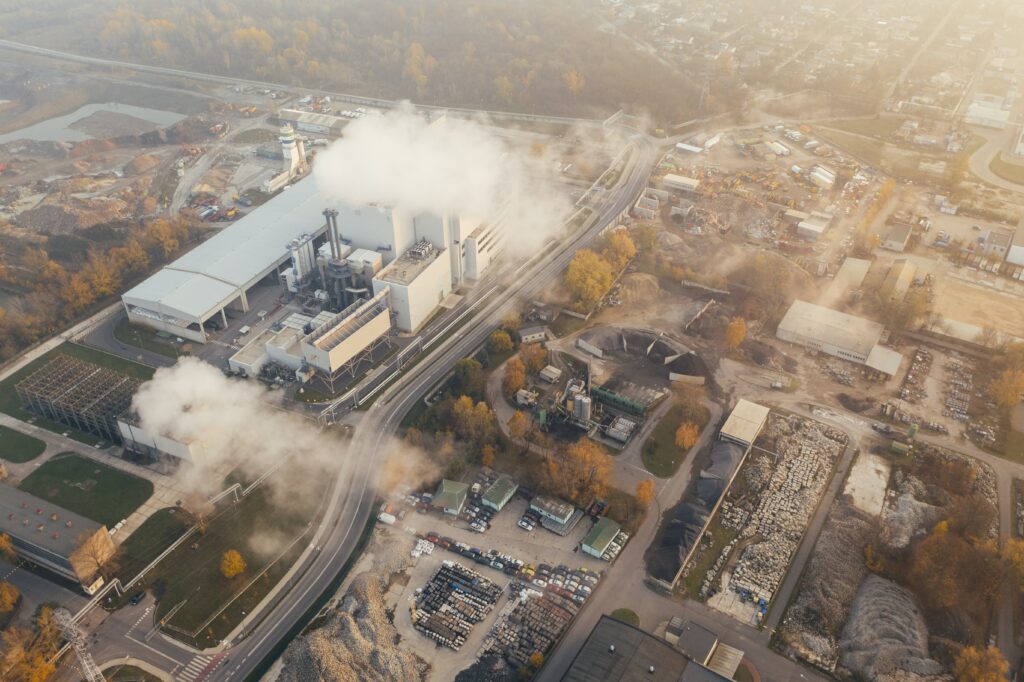
Photo by Marcin Jozwiak on Unsplash
There has been a tradition of developed countries shipping their waste to countries with poorly regulated incineration practices such as China, Myanmar and Cambodia, according to an interview with Kerri Major, Engagement Manager Partnerships & Innovation, WWF-Australia. The interview mentions research which estimates that globally, in 2021 alone, the production and incineration of plastic will pump more than 850 million tonnes of greenhouse gases into the atmosphere. By 2050, those emissions could rise to 2.8 billion tonnes.
So, now that we know some plastic pollution facts, what can we do? What are some solutions to plastic pollution?
Ten tips for reducing plastic consumption (and some facts on why to make the change).
1. Switch to reusable water bottles (and reusable coffee cups).
Very recent research has shown that bottled water is 3,500 times worse for the environment than tap water, and plastic bottles take 450 years to decompose.
Get yourself a reusable bottle and use tap water to refill it. There are many new sustainable and innovative bottles on the market now – one we like to recommend is Ocean Bottle which keeps hot drinks hot and cold drinks cold (as well as many other innovative uses). We also source other high quality reusable bottles, which we can custom design for you and elevate your brand to the next level.
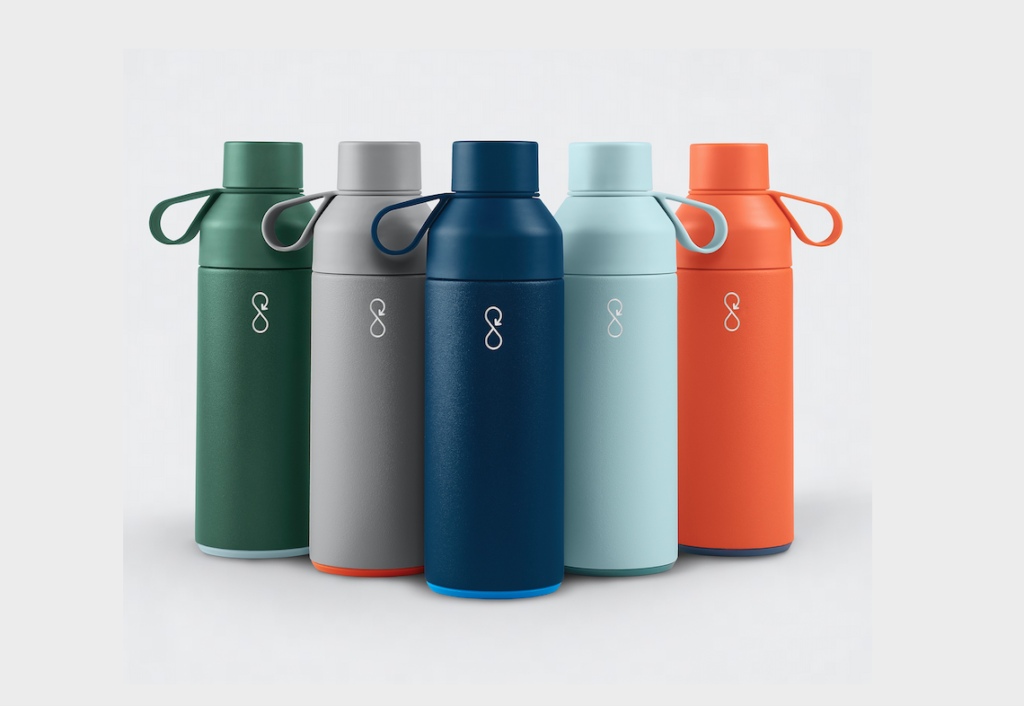
Ocean Bottle
2. Reduce (or eliminate!) your use of single use plastics like straws, plastic cutlery and plastic bags.
We know it’s not always possible to reduce usage of these items but many organisations are now banning single use plastics from their organisations in favour of sustainable options, and many food delivery services give you the option to exclude these from your order.
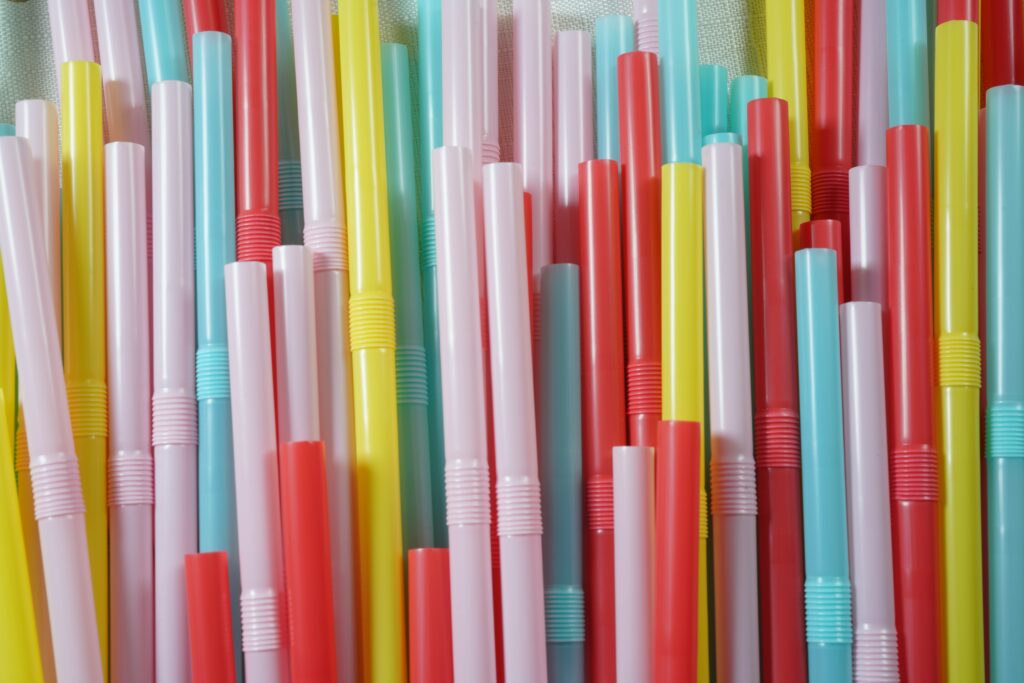
Photo by FLY:D on Unsplash
3. Only buy unpackaged fruit and veg.
Again, not always possible, but more and more retailers are giving options to avoid plastic packaging, favouring brown paper bags or buying loose items instead of those packaged in plastic.
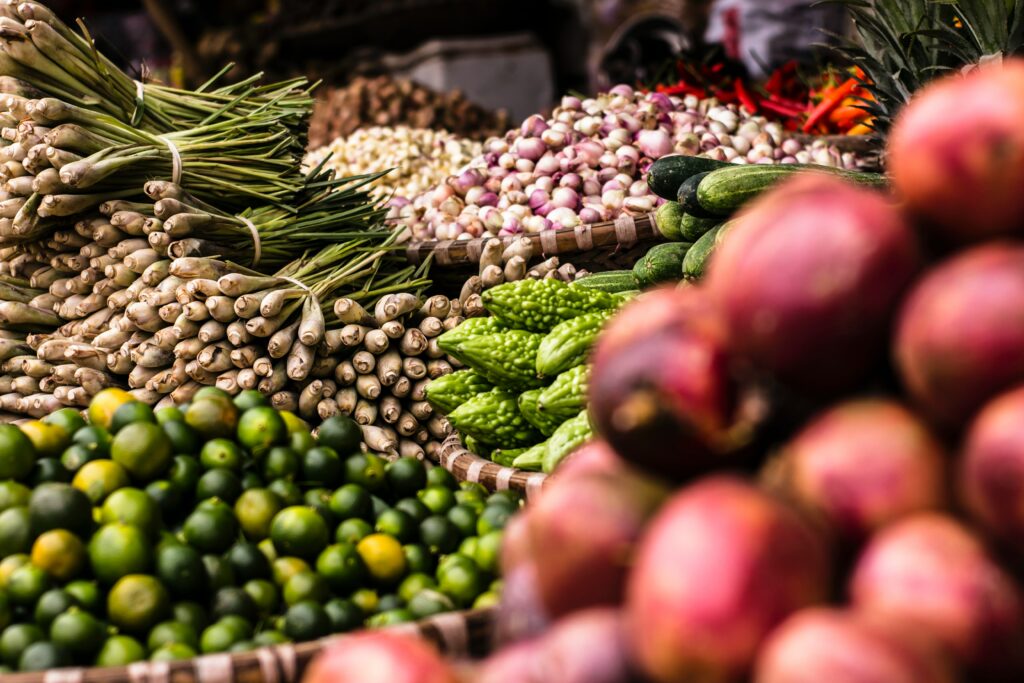
Photo by Julian Hanslmaier on Unsplash
4. Use a reusable bag for shopping.
A single plastic bag can take 1,000 years to degrade. Avoid these where possible by buying your own reusable shopping bags. Many retailers now offer these for grocery, fashion and accessories, many of which look very trendy and the sale of which support various great causes.

Photo by Priscilla Du Preez on Unsplash
5. Find retailers who have bulk bins for produce.
More and more retailers are trialling this option where the consumer can bring a reusable bag or container to fill up on foods like cereal, pasta and rice from bulk bins.
6. Consider making your own cleaning products.
This might be a bit out there for some, but you would be surprised how easy it is to make your own at home cleaning products that will be less toxic and eliminate the need for multiple plastic bottles and containers. Many DIY all purpose cleaners and disinfectants are made from readily available household items like white vinegar, lemon, water, baking powder and essential oils.

Photo by Lauren Mancke on Unsplash
7. Reuse containers for storing leftovers or shopping in bulk.
Those plastic takeaway containers? Wash and reuse these for homemade meals, storing chopped vegetables or use when shopping in bulk. The uses are endless!
8. Avoid fast fashion and products made from virgin polyester and unsustainable materials.
Much of our clothing is made up of virgin polyester and man-made materials, and a lot of it comes from ‘fast fashion’ outlets who produce items that are affordable to many, but do not have lasting shelf life and therefore end up in landfill way faster than sustainably produced items of clothing. Recycled polyester is made from recycled plastic, much of which is bottles that are removed from the ocean or diverted from landfill. If you have the option of spending a little more on sustainably made products and garments you are also doing your part to save the environment from further plastic pollution, and you will have your items for longer. All OceanЯ clothing and products are made sustainably, using recycled and organic materials, including recycled plastic bottles collected from our oceans.
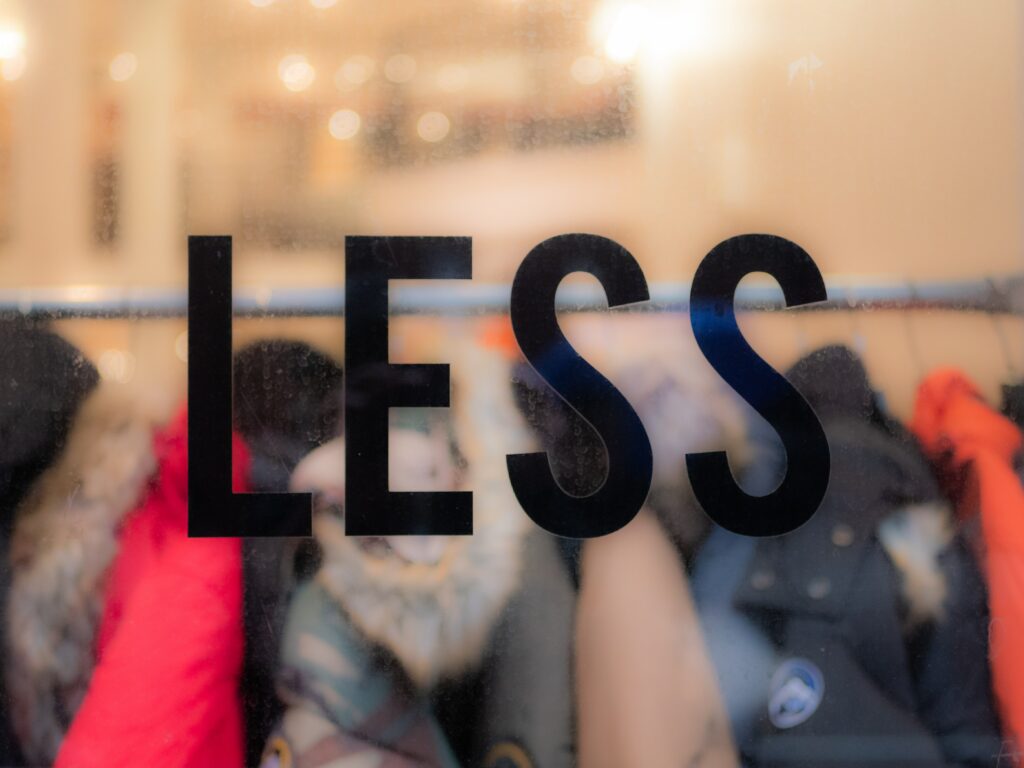
Photo by the blowup on Unsplash
9. Switch to sustainable food storage
When cling film was first introduced to the market in the 1950s, it was revolutionary. Today, we often use single use cling film without a second thought but there are plenty of alternatives to use in its place. Beeswax wraps have become a popular alternative to cling film and can also be reused. You can also use paper snack bags for sandwiches and some companies have created cling film variations that can break down.
10. Use an eco-friendly washing bag for your clothes
According to Guppyfriend™, when we wash synthetic garments, tiny plastic fibres are released into the washing machine which then find their way into the world’s oceans and waterways. The Guppyfriend™ washing bag protects synthetic garments and reduces the number of microfibres that get flushed through washing machines.

Guppyfriend Washing Bag
Plastic pollution is one of the greatest and most critical threats facing our planet.
The current outlook is set to get worse, so we need to turn the tide now. We (businesses and consumers) need to intervene and play our part together, along with governments, to break the cycle of inaction and avoid an environmental catastrophe.
Here at OceanЯ we try to avoid being too negative or preachy, but everyday we see- through our eyes and the eyes of our clients – the effects of plastic waste and the resulting pollution of our environments, and we are taking action against it. This is why we started OceanЯ – to help create a positive impact for our planet, its people and its animals, in partnership with clients who want to champion sustainability in their organisations.
